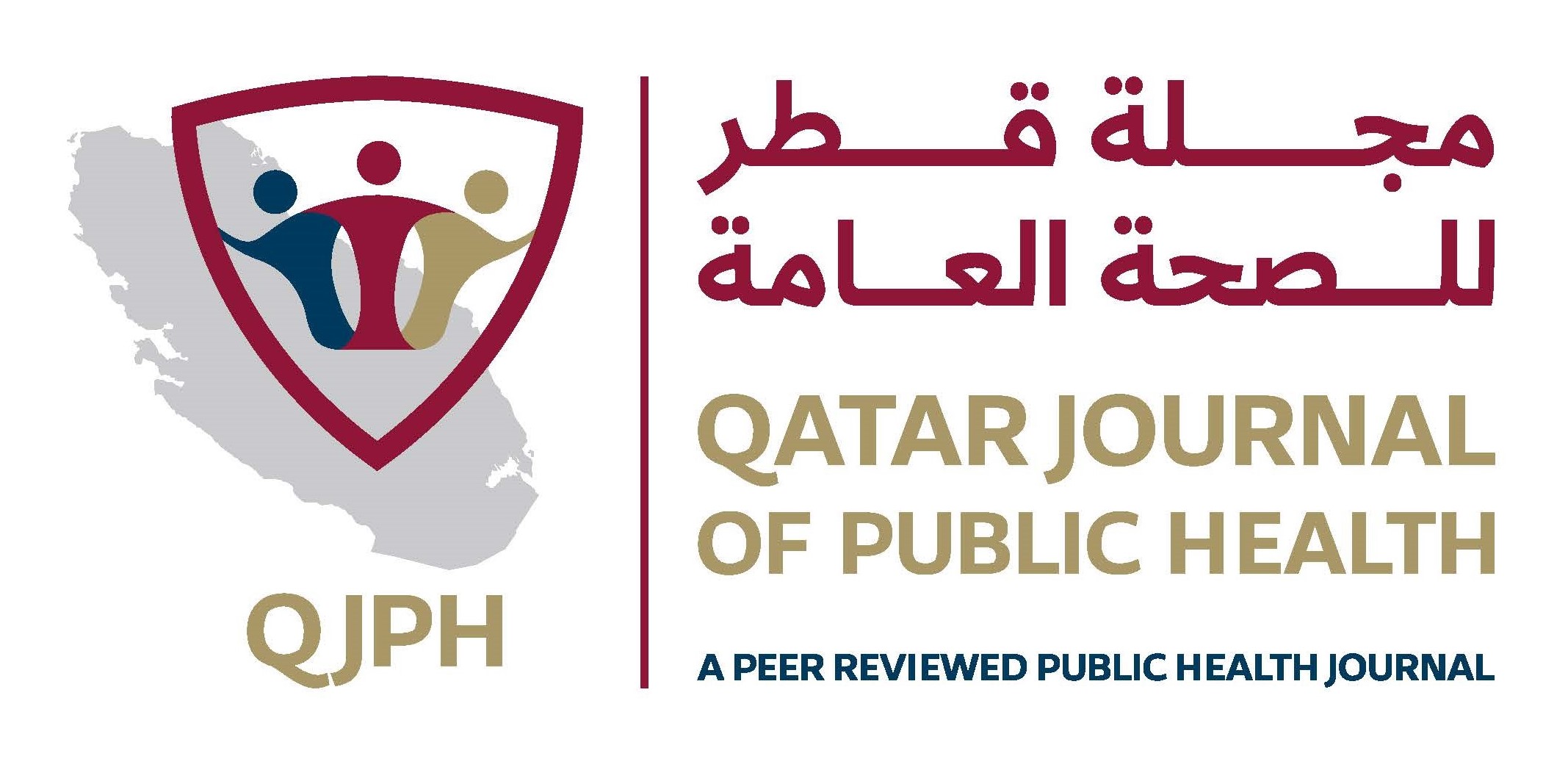-
oa Epidemiological analysis of event-based surveillance data of Crimean-Congo Hemorrhagic Fever (CCHF) outbreaks across Balochistan Province, Pakistan, from 2000 to August 2021
- Source: Qatar Journal of Public Health, Volume 2024, Issue 1, Apr 2024,
-
- 04 December 2023
- 05 February 2024
- 27 February 2024
Abstract
Background Crimean-Congo hemorrhagic fever (CCHF) is endemic in Balochistan, caused by the Bunyaviridae family’s tick-borne virus (Nairovirus). The CCHF virus leads to severe viral hemorrhagic fever outbreaks with a fatality rate of 10–40%. This study aims to describe the epidemiological trend of CCHF in Balochistan and provide recommendations for controlling current and future outbreaks.
Methods A descriptive approach was adopted for data analysis, utilizing the standard case definition of the Vector-Borne Diseases (VBD) program.
“Any person of any age and gender residing in Balochistan from 2000 until August 10, 2021, presenting with the acute onset of illness, featuring a high-grade fever (38.5°C) persisting for more than 3 days but less than 10 days. Individuals should also exhibit any two of the following symptoms: hemorrhagic or purpuric rash, nosebleed, blood in vomit/sputum/stool, or other hemorrhagic symptoms. Moreover, there should be no known predisposing factors for hemorrhagic manifestations, and individuals must have had contact with a confirmed patient or engaged in handling animals and raw animal products.”
The study covered cases identified from 2000 to August 10, 2021, and the descriptive study was conducted at the Provincial Disease Surveillance and Response Unit (PDSRU) in Quetta. Frequencies were calculated, and Excel 2016 was used to generate tables and graphs.
Results Based on the case definition, 1418 laboratory-confirmed cases of CCHF were identified out of 2542 reported cases from 2000 to August 10, 2021. Most cases (89%, n = 1262) were found to be males. The case fatality rate increased from 5% to 13% over the last decade. The highest number of CCHF cases occurred in 2017 (n = 172), followed by 2005 (n = 108) and 2004 (n = 107). Direct animal contact was reported in 61% of cases, with 22% being butchers and farmers each. CCHF poses a significant public health issue in Balochistan.
Conclusion This study provides a detailed overview of CCHF in Balochistan over the last 21 years, recommending the declaration of CCHF as a public health emergency. Establishing a comprehensive tick surveillance system, ecological studies, and health education sessions in collaboration with the livestock department is crucial to prevent future outbreaks.



